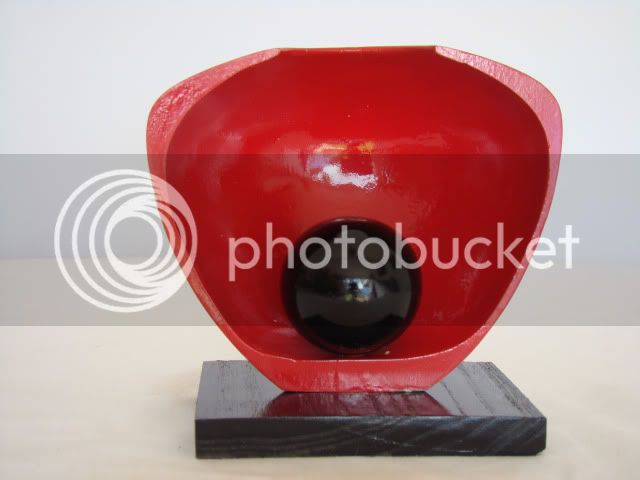skeetoids
Established Member
Skeetoids is a name I use for most online activity but my real name is Lee.
Is the ball in your piece made from wood also?
Are you quite happy to use acrylic paint on your pieces, I also paint in my spare time but would never think to paint this type of wood.
Your piece along with the recent 'sculpture' piece on these boards has given me much inspiration.
Is the ball in your piece made from wood also?
Are you quite happy to use acrylic paint on your pieces, I also paint in my spare time but would never think to paint this type of wood.
Your piece along with the recent 'sculpture' piece on these boards has given me much inspiration.


































